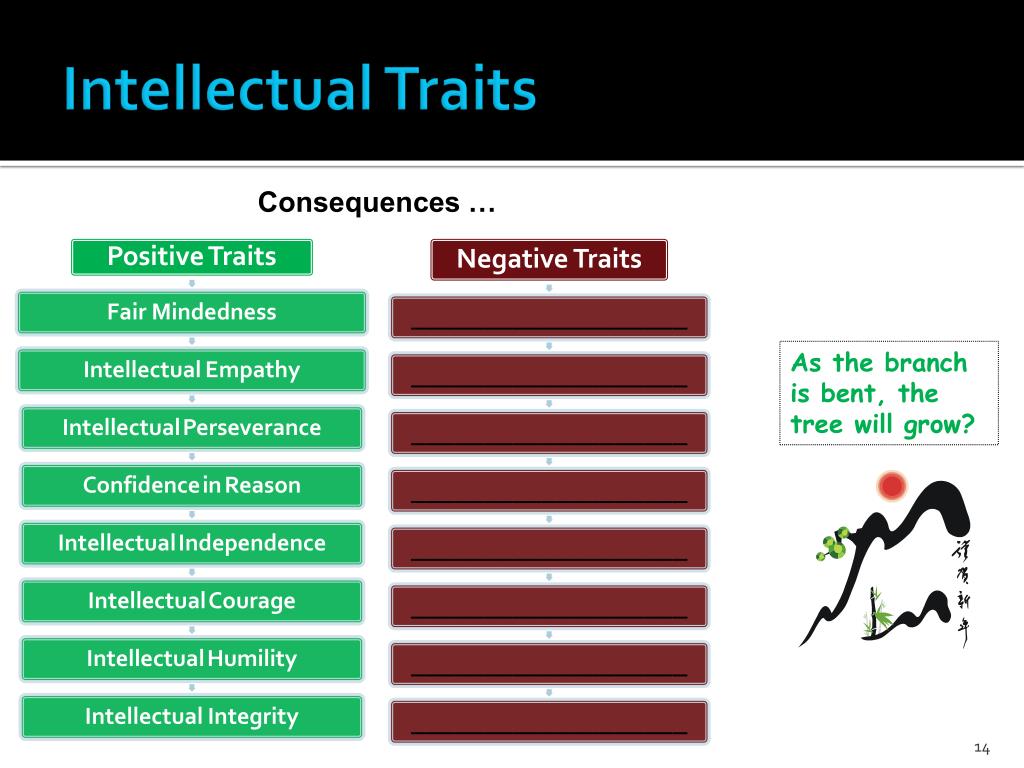

He believed that the way shots are organized and placed can help to develop a new means of expression. According to him shots are connected like the links in a chain. He was also a Russian and Soviet film director, screenwriter and actor who developed influential theories of montage. Alfred Hitchcock explains this process in detail here. Shot of the man’s face + food = Expresses Hunger.

Shot of the man’s face + the young child = Expresses Tenderness Shot of the man’s face + the dead woman = Expresses Sorrow However, the expression in the face of the man remained the same in all the shots. In the experiment here, Kuleshov demonstrated how an identical shot of an actor appeared after each of these shots: a dead woman, a child, and a dish of soup. Through the following experiment he formulated how editing helps to create nonliteral meaning. He was a Russian and Soviet filmmaker and film theorist. The three key figures who pioneered this concept are:
#Intellectual montage meaning series
According to them a montage is an arrangement of a series of shots that creates a sense and meaning derived exclusively from their juxtaposition. This is known as the Soviet Montage Movement. In the former Soviet Union in the 1920s, various filmmakers and theorists came forward with various forms of editing techniques to express certain social and political ideas. In the opening of The Tree of Life (2011), the montage artistically introduces us to the Brian family in the 1960s by weaving visual metaphors.

They have utilized this technique to make their film more eclectic, energetic and exhibiting a mixture of classical continuity and more abrupt collage-like editing styles. Over the years of filmmaking, montage has been broken down by filmmakers in various creative ways. Thus, the new sequence that is created generates a new meaning for the viewers. This editing technique helps condense the narrative into a brief episode of screen time. In Touki Bouki though the creation of meaning comes not, like in most movies, from disposition or even the images themselves, but from the links created between images.The word montage is derived from the French verb which means “to assemble or put together.” The process of montage involves a series of edits that shows an event or events that happen over time. I am no sage, so some of my interpretations are merely based on guesses (I will admit, it is a difficult movie), but could the slaughter of the zebu symbolize Mory’s naive dream being killed, or him being confronted with the reality of his situation? This sequence is even intercut with Mory’s motorcycle with a zebu skull mounted on it, connecting nature and machines, creating a link between humankind and non-human entities, exposing Mory’s deep roots with the country and the culture making him desert his exodus.īesides being a masterful technique in creating a sense of continuity and a superb rhythmic flow of the film, Mambéty’s use of montage is the main source of a creation of meaning. This is even cross-cut with a zebu being slaughtered.

This presents the metaphor of Mory being captured by Senegal, in the end, not being able to leave the country. Here, the cross-cutting with the waves splashing intensely becomes an orgasm - We are also shown the sea calming down after the orgasm.Īnother example is Mory deserting Anta in the end, cross-cut with a zebu being captured with a lasso. Right after, she goes to meet Mory and they have sex on a cliff by the sea. When Anta is searching for Mory and comes across the lady skinning a goat, the waves violently clashing with the coast creates a link to Anta clashing with the local culture - a metaphor for her alienation among the locals and their treatment of her. Intellectual montage is, (very) short put, different scenarios and images which, when cross-cut together, create meaning through metaphors.Īn example from the film could be the intercutting of the waves splashing against the coast. Maybe I’m getting a little nerdy here, but the technique in question, which I was startled by, was what Eisenstein called “intellectual montage”. I liked it a lot and although the themes presented was very interesting and multiple times touching, the thing I was most blown away by was Mambéty’s ingenious use of editing/montage to create semiosis. I just saw Touki Bouki (1973) for the first time and I thought I would share some thoughts and read what you think.


 0 kommentar(er)
0 kommentar(er)
